Sharks fossils are amongst my favorite fossils to find. It is exceedingly rare to find an entire shark fossilized, typically you only find bits and pieces of them. This is do to them being mostly cartilaginous versus boney. Because of this not much of the animal is typical found. The below picture has a breakdown of the pieces that can be found.
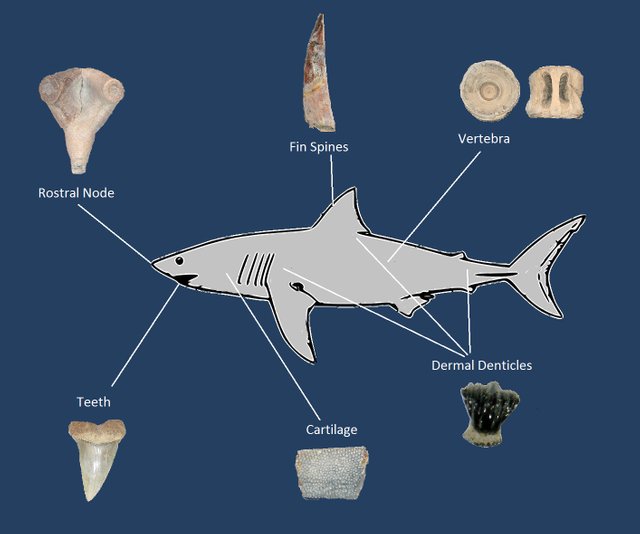
Shark teeth work in a conveyor like system, with new teeth constantly being created while others are lost. Teeth form in the back of the jaw and then slowly work their way forward until they fall out of the sharks mouth. Unlike most mammals, this process of tooth replacement never stops. During their lifetime, some species of sharks can produce upwards of ten thousand teeth. Because of this shark teeth are the most common vertebrate fossil that can be found. Below is a pic from inside a modern great white jaw, showing this conveyor like system. You can clearly see the newly forming teeth packed inside of the jaw.
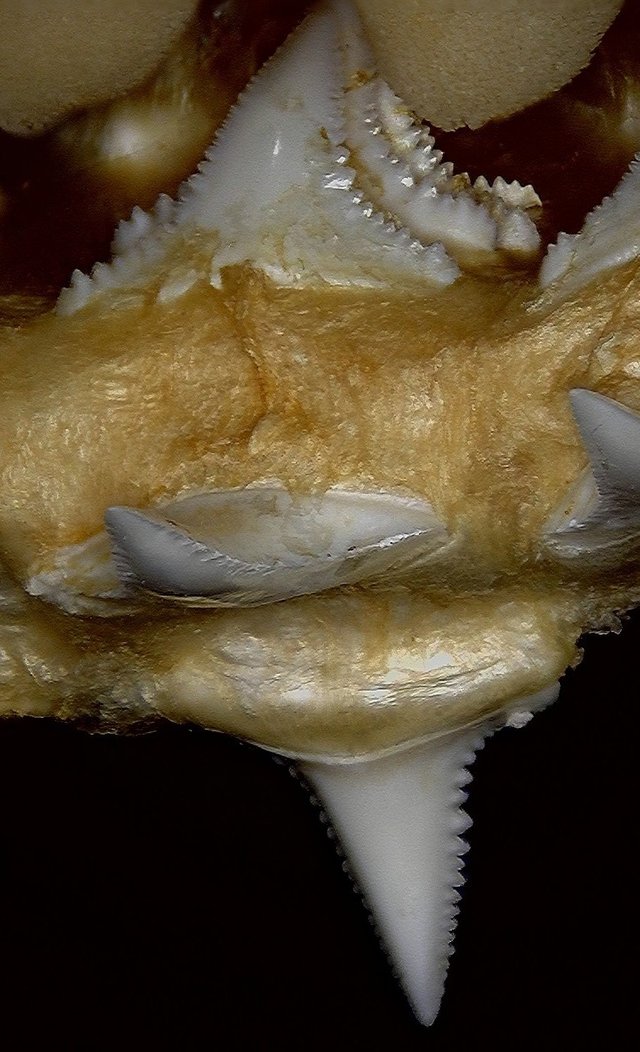2%20lower%20jaw%20l6R%20Lingual%20view.jpg)
The next most common shark fossil to be found are the vertebra. As previously stated, sharks are cartilaginous and cartilage doesn't fossilize to well. Despite this, shark vertebrae can and do fossilize. Below is a picture of a large shark vertebra from North Carolina. Below that is a picture of a string of vertebrae that all came from the same animal, which was collected in Virginia.
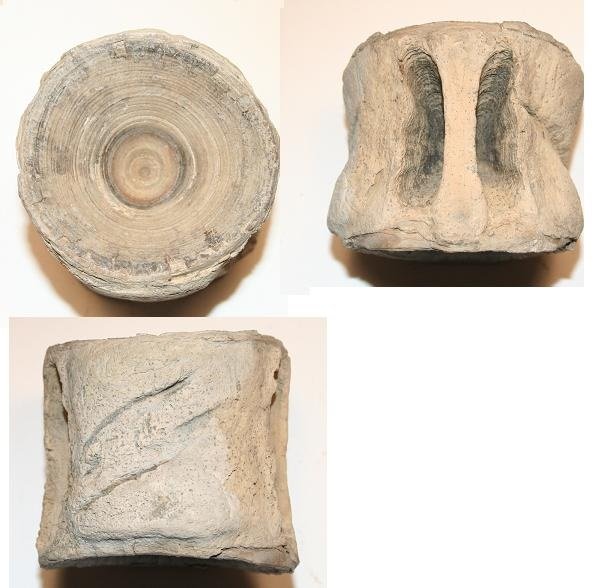

Another piece of the shark that can fossilize are fin spines. Most species of sharks do not have fin spines, but there a few that do such as the Squalus(dog shark) and Heterodontus(horn shark). These fin spines are made of dentin, the same as the sharks teeth, so they are very hard and fossilize easily. With only a few species of sharks having these fin spines they are less commonly found. Below is a picture of a fossil dog shark spine collected from California.
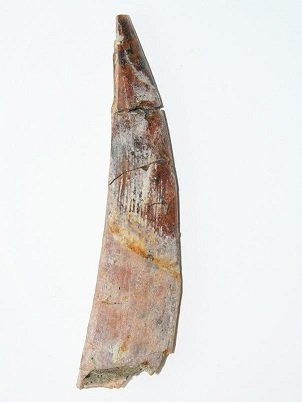
Sharks bodies are covered by dermal denticles. These denticles serve a lot of purposes such as assisting the shark in being more aerodynamic. In most species of sharks, these denticles are extremely small being a millimeter or smaller. Because of their small size, they are less commonly found. There are a few species such as the bramble shark, where they grow much larger and are used as a defense mechanism. The dermal denticles for most shark species are shaped differently. Below is a picture of a single fossil dermal denticle which is under a millimeter small. Below that is a picture of modern shark skin, showing all the dermal denticles locked together.
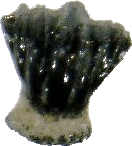
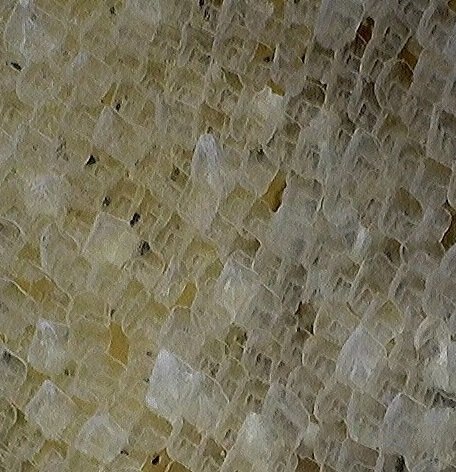
Every once in a while pieces of the cartilaginous structure of the shark fossilizes as well. These are the rarest of the shark pieces to find. Pictured below is a random piece of fossil cartilage from a shark, perhaps part of a jaw. It is clearly identifiable as cartilage because of the unique patterning on it. Below that is a the vert tip of a fossil sharks snout, clearly identifiable as such based on the rounding on the front and the three tube like pieces extending outwards from it.
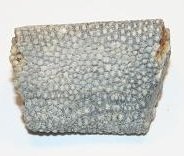
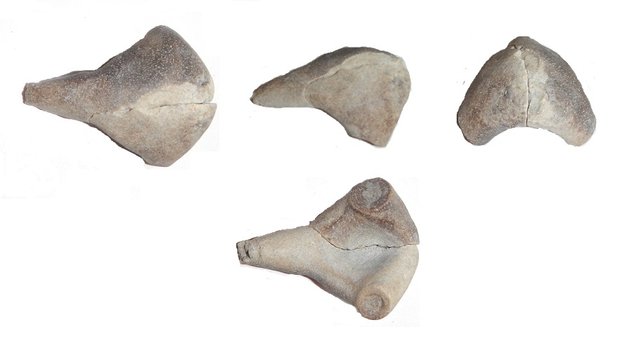
Congratulations @m-mfossils! You have completed the following achievement on the Steem blockchain and have been rewarded with new badge(s) :
Click here to view your Board
If you no longer want to receive notifications, reply to this comment with the word
STOPTo support your work, I also upvoted your post!
Downvoting a post can decrease pending rewards and make it less visible. Common reasons:
Submit